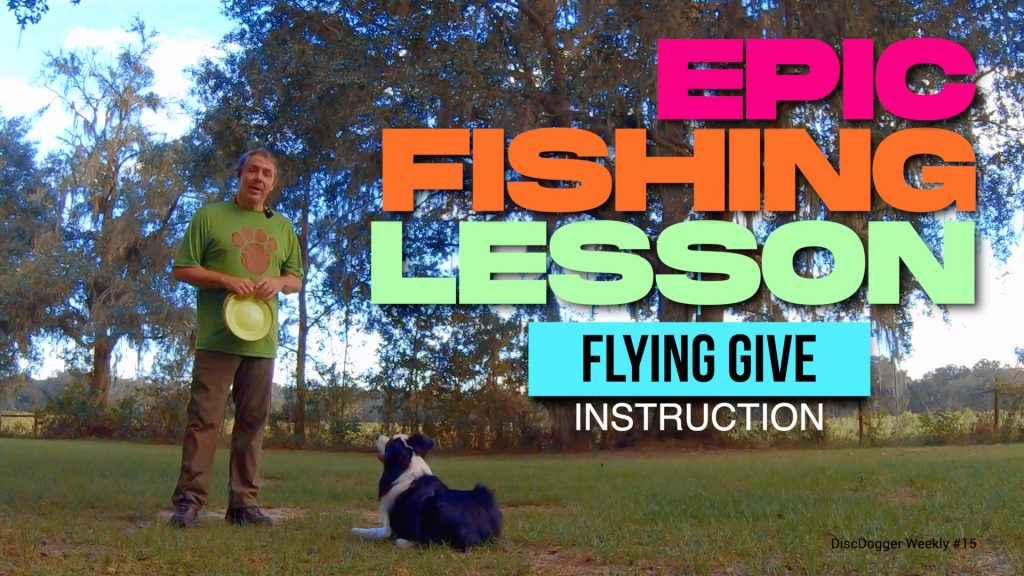
Teaching a Flying Give to a Disc Dog with Classical Conditioning
Fish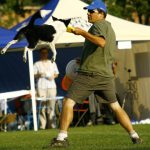 A Fish is a leaping catch that ends with the dog passing the disc back to the handler before landing back on the ground. The basic idea is catch and release, Fishing is... More is a term I coined back in 1997 with Kimo. I did a move where I snatched the disc from his mouth after a big Through
A Fish is a leaping catch that ends with the dog passing the disc back to the handler before landing back on the ground. The basic idea is catch and release, Fishing is... More is a term I coined back in 1997 with Kimo. I did a move where I snatched the disc from his mouth after a big Through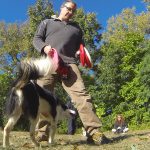 A Through is a set up move where the dog runs between the handler’s legs. The dog can move from front to back or side to side and can even weave. A Through... More n Flip move, and needed to come up with a cue for “Catch & Release” on the spot
A Through is a set up move where the dog runs between the handler’s legs. The dog can move from front to back or side to side and can even weave. A Through... More n Flip move, and needed to come up with a cue for “Catch & Release” on the spot Spot is a “go to a place”, or “go to a mat” behavior. This means that the dog seeks out and performs a duration behavior on a spot of the handler’s choosing. A... More while standing on the field, and “Fish” is what I came up with.
Spot is a “go to a place”, or “go to a mat” behavior. This means that the dog seeks out and performs a duration behavior on a spot of the handler’s choosing. A... More while standing on the field, and “Fish” is what I came up with.
A Flying Give
A Fish is a Flying Give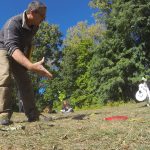 The Give is a retrieve to the hand. A cued Give is a foundational skill that is not super useful in the actual performance of disc dog freestyle, and has huge applications for... More. The dog is supposed to spit the disc out while in mid-air. Some dogs to it fairly naturally, and some have to be taught. Eppie has always done this skill after landing or while landing, and I’ve dealt with it.
The Give is a retrieve to the hand. A cued Give is a foundational skill that is not super useful in the actual performance of disc dog freestyle, and has huge applications for... More. The dog is supposed to spit the disc out while in mid-air. Some dogs to it fairly naturally, and some have to be taught. Eppie has always done this skill after landing or while landing, and I’ve dealt with it.
It’s not really a big deal as I’m usually firing out a throw as I’m taking it from him so he drops it somewhat readily, but it’s never been that super clean, and smooth move that it has been with some of my other dogs. I’m a bit tired of it, and would like to have a proper Fish with him.
How Do You Make It Happen While In the Air?
There is very little time to make this happen while in the air. You can’t really wait it out or shape it operantly. It happens too fast. And while it might be possible to pressure him to do it by yelling at him or tearing it away from him, that’s not my style, and it’s not worth the potential problems that come along with applying that kind of pressure on a dog.
So how do you make a dog give up the disc while in the air? How do you make something happen without the dog offering the behavior?
The answer is classical conditioning.
Classical Conditioning Makes Behavior Happen
Classical conditioning is not about getting the dog to do a behavior. Classical conditioning doesn’t work that way. Classical conditioning makes behavior happen, meaning that the behavior is the byproduct of the process.
When cultivating behavior with Classical ConditioningClassical conditioning has nothing to do with behavior and is all about emotion and physiology. If you remember Pavlov’s dogs, you remember the bell, food and drool, but nobody knows what the dogs... More, you do something that makes the behavior happen. With Pavlov’s dogs, there was no shaping of behavior, the behavior wasn’t sought after or reinforced. A cookie wasn’t presented after the dog drooled. An unconditioned stimulus – a stimulus that, on it’s own, is sure to make the behavior happen – was presented that made the behavior happen. Food was presented so the dog would drool.
To gain control over the drooling behavior, a conditioned stimulus – a stimulus that means nothing or doesn’t work – is paired with the unconditioned stimulus, the stimulus that works. Do this often enough and the conditioned stimulus starts to make the behavior happen just like the unconditioned stimulus.
Operant Conditioning Reinforces Behavior That Happens
Operant ConditioningOperant Conditioning is a training technique that teaches the learner that behavior affects consequence. A dog that is operant understands that her behavior affects her consequence. “I do this, and then that happens.”... More cannot “make behavior happen”. It can only reinforce or shape behavior that is happening or has happened.
Due to the limited amount of time that Eppie spends in the air and the high degree of likelihood that he will hit the ground before spitting out the disc, Operant Conditioning isn’t really an option for cultivating the Fish behavior.
In order to employ Operant Conditioning to solve this problem, I have to find a way to make the behavior happen.
A Thrown Disc Makes the Teeth Come Off
If I throw a disc and my dog wants to get it, my dog will take his teeth off the disc. A thrown disc is an unconditioned stimulus for dropping a disc.
If I throw a disc to make my dog take his teeth off the disc, I’m employing Classical Conditioning.
Creating the Cue
Pairing the thrown disc with my desired cue will turn my desired cue into a conditioned stimulus. This means that my verbal cue, “Fish,” after many reps of pairing, will have the same effect as the thrown disc.
The conditioned stimulus MUST be given before the unconditioned stimulus. The desired cue MUST be given before the disc is thrown.
When working classically, as I am in this session, I am not giving my cue to make the behavior happen or to tell the dog to do the behavior, I am simply pairing it with something that works to condition the cue so that it will work in the future.
No Marker and No Cookie
Markers and cookies are about reinforcing behavior. A marker marks a behavior and predicts a cookie. Markers and cookies are about Operant Conditioning, they are about reinforcing behavior.
Marking and throwing cookies before the cue has been conditioned will teach the dog that a behavior is happening. At this point in time the behavior would be, “I let go of the disc when the other disc is thrown.”
This is where most people blow it when working classically. If you mark and throw cookies at this stage of the game, you’re going to trigger an operant understanding and the dog will learn that the behavior is to take the teeth off after the other disc has been thrown. That is a problem…
Go Classical THEN Go Consequent
You can’t mark or throw cookies until the cue has been conditioned. You will know that the cue is conditioned when the dog teeth are coming off before the other disc is being thrown.
Once the dog’s teeth are reliably coming off the disc before the other disc is thrown, you can shift to Operant Conditioning. To shift to Operant Conditioning, all you have to do is withhold the roller until the dog’s teeth have come off the disc. Adding a marker to the moment the teeth come off will tell the dog that the teeth coming off made the roller happen. And now we’re back to regular old positive dog training.
This shift should be abrupt, something of a clean break. A sloppy shift from classical to operant will not work. It will only teach the dog to drop this disc when another one is present. A nice clean break, skillfully executed will isolate the teeth off behavior and predict a roller “cookie”.
Rushing the Process Won’t Help and Won’t Work
Moving on to operant too early or waffling between operant and classical won’t help and won’t work. It will only teach the dog to hold until another disc is thrown.
Any trouble should be met with a break in the action and a return to Classical Conditioning in the next session.
Classical and Operant Don’t Mix
Moving too fluidly between classical and operant will ruin your cue and teach the wrong behavior.
It is OK to move between them, but this should be limited and always be a good clean break. If you do have to move back and forth, it is best to move between them in a session by session basis.



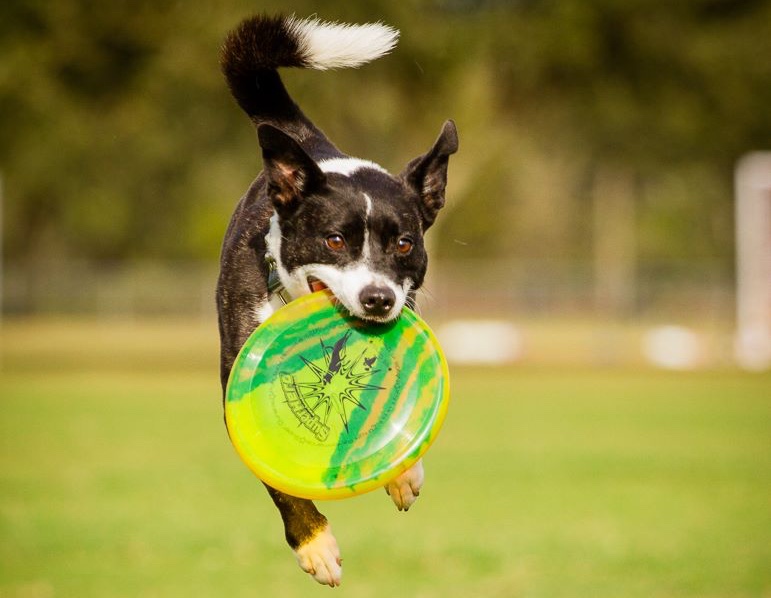
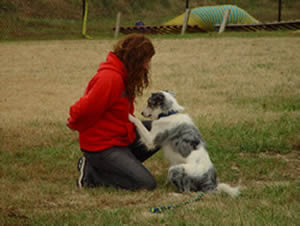
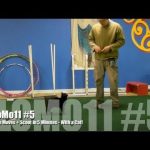

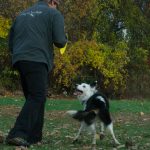
Responses